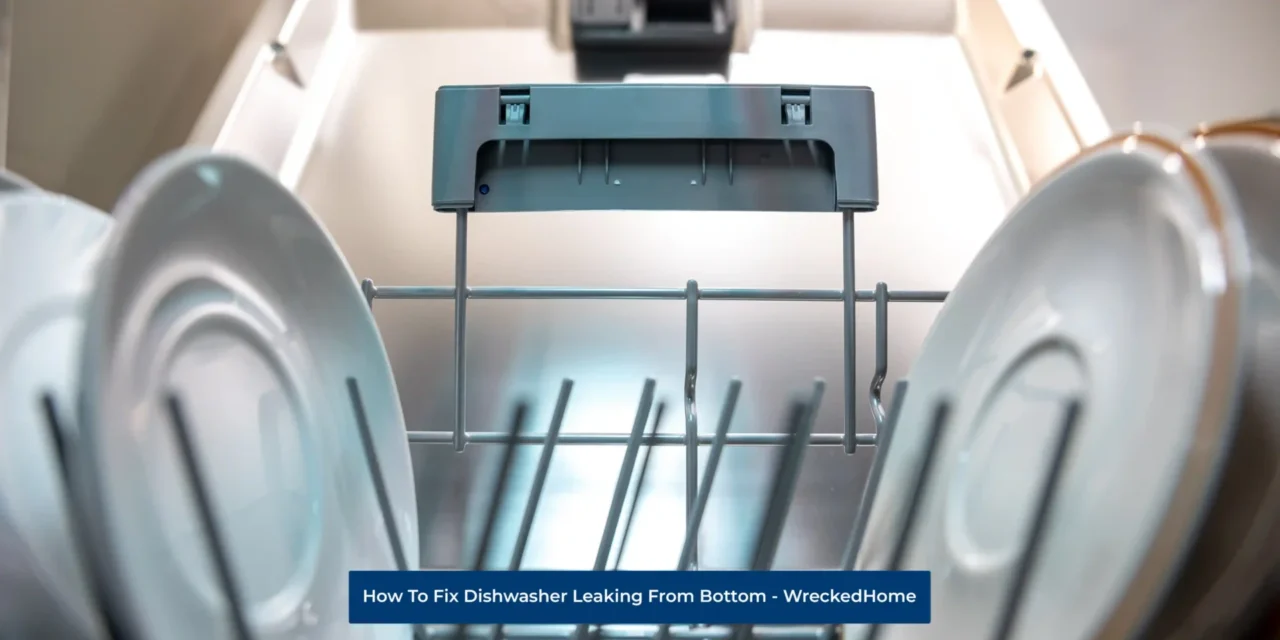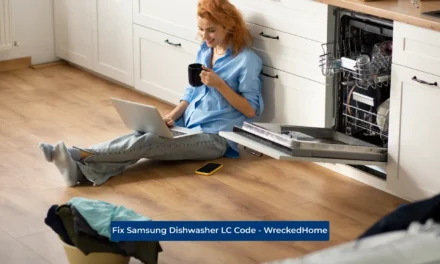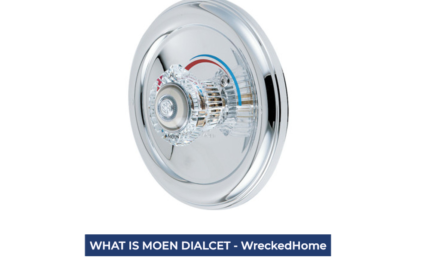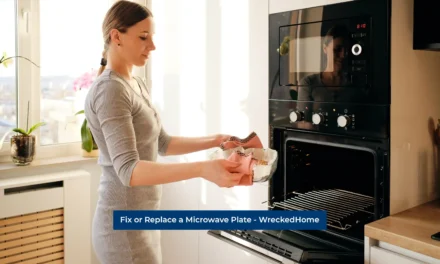In modern kitchens, one of the first priorities is dishwashers. This is because they are designed for convenience and efficiency. Just like other appliances, however, they aren’t immune to malfunctions. From internal damage to heating problems, anything can ruin the performance of your dish washer. But the most common problem homeowner’s face is a dishwasher leaking from bottom. Have you ever faced it? Of course you have, and that why you are looking for a solution.
If if have never encountered this problem, please don’t skip this article. In this guide you will learn how to handle a problem that may arise in the future. Also feel free to check out our other dishwasher troubleshooting article.
Although your dishwasher leaking from bottom is a minor inconvenience, it can escalate into a big problem if it is not addressed in a timely manner. Ignoring a dishwasher leaking from bottom is a costly issue. This is because it can lead to dishwasher damage, mold growth and health risks.
Let’s dive into this guide to better understand and address the root cause of this issue. Please remember that taking care of this issue will ensure the longevity of your dishwasher as well as the safety and well-being of your home and family.
Reasons to Fix: Dishwasher leaking from bottom
Dishwashers are a staple in modern kitchens. They operate through a synchronized process involving water inlet, circulation, drainage, and drying. One of the most common problems linked with them is: Dishwasher leaking from bottom. This usually signifies a disruption or fault within the cycle.
If you leave this issue untreated then the outcome will not only damage your flooring and cabinets but can also lead to mold growth, which poses health risks. Dishwasher functionality and operation is complex, and when one component fails, it can jeopardize the entire functioning of the dishwasher.
Beyond structural and health concerns, unchecked leaks can lead to costly repairs or a complete replacement. Therefore, it’s necessary to know the problem and find a solution to fix it.
Visit our store for 10% off our Tools here.
Common Causes: Dishwasher Leaking from Bottom
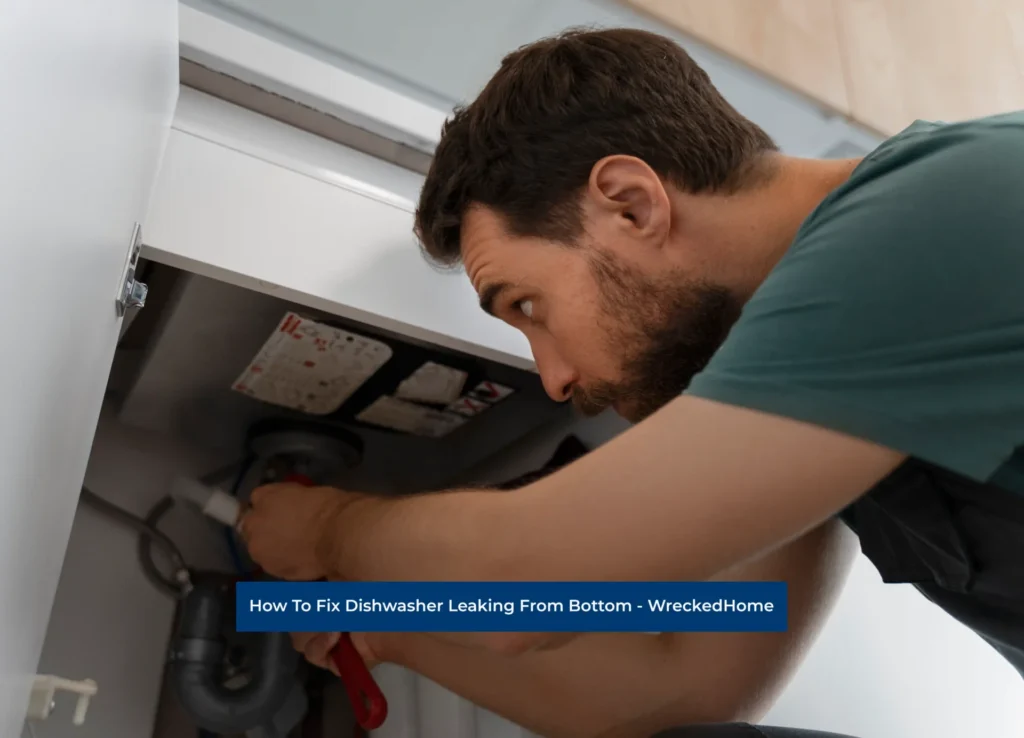
Image by Freepik
Dishwashers are important in the kitchen so; when they malfunction and water starts to pool underneath damage will occur. Therefore, understanding and addressing the problem of your dishwasher leaking from bottom is paramount. It will help to increase the shelf life of your dishwasher.
The most common reason behind a damaged dishwasher is leaks. Therefore, you must know the root cause of leak. Here’s a closer look at the common culprits:
- Door Seal Issues
The door seal, often referred to as a gasket, is the dishwasher’s door edge made of a rubber or plastic strip lining. The main function of this edge is to provide a water-tight barrier when the door is closed and to prevent water from spilling out.
Sometimes the door seal can degrade—cracks, splits, or even sections can become brittle. Another door seal issue can occur due to the accumulation of debris or food particles. This will hinder the seal from closing properly. When the seal unable to close properly a space is created in the dishwasher door. As a result, water finds its way out and typically leads to the following problem: dishwasher leaking from bottom.
- Overflowing Dishwasher
Another cause of your dishwasher leaking from bottom is overloading. Sometimes we are in a hurry and don’t want to run multiple loads. So, we overload the dishwasher. Unfortunately this can be one of the worst things you can do to your dishwasher.
This overloading obstructs the spray arms’ movement and can block the dishwasher door from closing properly. This situation will lead to water seeping out during the wash cycle.
- Faulty or Clogged Drain
After every cleaning cycle, remove the dirty water. This keeps the fresh water and waste water separate. Sometimes there is a clog or blockage in the water flow path that causes leaks. Therefore, a clear pathway is essential for optimal function. If you notice any unusual noise during the draining phase, it’s likely there’s a clog or a drain component issue. Unfortunately, this will lead to your dishwasher leaking from bottom.
- Defective Water Inlet Valve
The water in the dishwasher is controlled by the inlet valve which is located at the bottom of the appliance. The valve opens to allow water in and then closes to control the water level. It works as a gate keeper that ensures the dishwasher has the right level of water for each cycle to complete.
With time and continuous use proper cleaning of the valve is essential. If you do not clean the valve then things can get stuck due to mineral deposits from hard water or wear and tear. This results in your valve not closing properly. This can also lead to an excess of water which can also lead to overflow and leaks. With time, this will result in your dishwasher leaking from bottom.
- Damaged or Loose Hoses
Hoses are another functional part in the dishwasher. They play a pivotal role in bringing water in and draining it out. They act as conduits that guide water through a pathway during the dishwasher’s operation cycle. The signs of hose damage or cracks are leaks of water from the dishwasher’s operation cycle. To avoid further damage, regularly check hoses to ensure they’re properly connected.
- Faulty Pump or Pump Seal
In the dishwasher wash and drain cycle the water circulation is controlled by a pump. Leaks can happen when the pump develops cracks. Also, it can be due to a gasket seal degradation. This happens naturally over time. Both scenarios can lead to water escaping from the bottom causing a leak.
By understanding the various components of a dishwasher and how they might fail, you now have more clarity when troubleshooting a dishwasher leaking from bottom. You will be able to better find the exact problem.
Steps to Diagnose the Cause of Dishwasher Leaking from Bottom
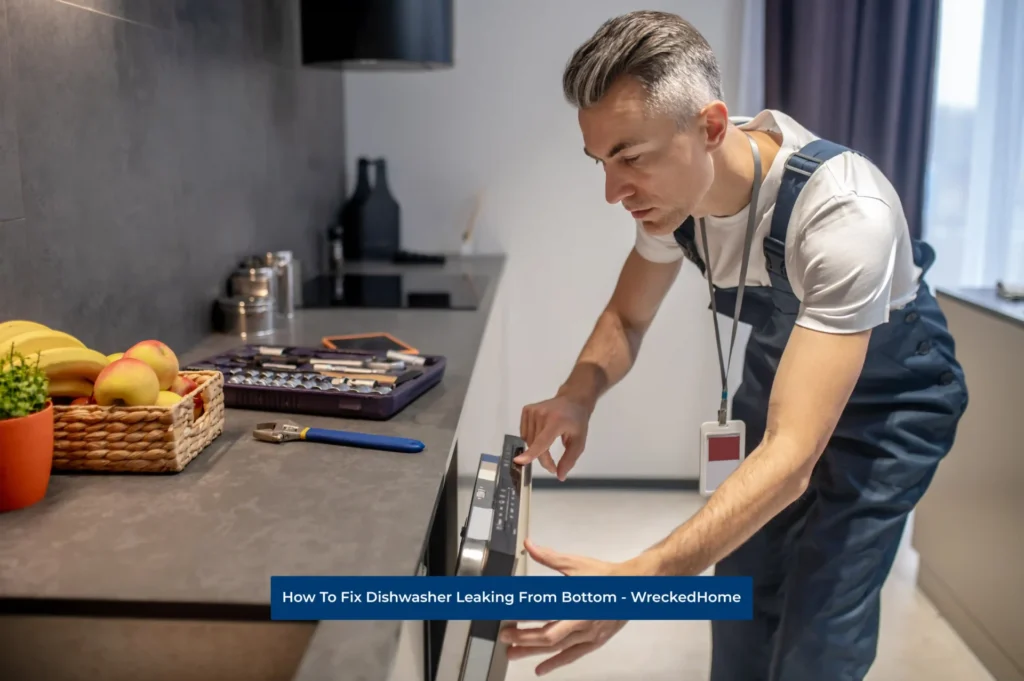
Image by zinkevych on Freepik
When faced with a dishwasher leaking from bottom, pinpointing the exact cause is necessary to diagnose and address the issue. However, with a systematic approach and step-by-step guide; homeowners can effectively treat dishwasher leaks.
Visual Inspection:
Begin by unplugging the dishwasher. Inspect the internal components with the help of a flashlight. The visual signs of leaks include the following: cracked hoses, pooled water, or corroded parts. You must pay attention to the mineral deposits or rusted areas. These are both the result of slow leaks or drips.
Run a Test Cycle:
Once you find an issue in the exterior parts then you must treat it. Plug in the dishwasher to run a test cycle. In this short test, check out any active leaks. You must check and observe any unusual sounds, which can be indicative of malfunctioning components.
Check Drainage and Filters:
After the test cycle, observe the drain water at the bottom of the dishwasher. If you find any water in the bottom then this suggests drainage issues. To treat this remove or inspect the filter and find out if any obstructions or debris are the cause.
Inspect the Door Seal and Latch:
Another step is to inspect if the dishwasher door is sealed properly. If you find any loose areas, signs of wear, and cracking it might not be sealed correctly. This gap can lead to significant leaks.
Examine All Hoses and Connections:
Starting from the water inlet hose at the back, check the signs of wear, damage, or loose connections. This will help you to trace the route of all hoses. If there is any loose connection then it leads to a leak. Although the hoses themselves are free from cracks or splits, the drainage hose is equally crucial to ensure there’s no blockage or clog in the hose.
How to Fix the Leak
A dishwasher leaking from bottom can be distressing; diagnosing a dishwasher leak from the bottom requires a blend of observational skills and a systematic approach. With the right knowledge and tools you can identify the common problems. Below are some practical solutions for the most common culprits of leaks:
1. Replacing the Door Seal:
If the cause of your dishwasher leaking from bottom is door seal, then replace it by following these steps:
- Unplug your dishwasher and cut electrical connection.
- Open its door and gently remove the old seal with the help of screwdriver. Start the removal of the seal from the corner.
- Now, with the help of a clean and damp cloth remove any debris or residue.
- Insert the new seal from the top corner and press it gently. Ensure it is flat and trim the excess length, if necessary.
2. Addressing Overflows:
Arrange dishes so they are not stacked too high or too closely. This practice prevents the spray arms from moving or blocking water pathways. Overcrowding blocks the drain and leads to rusting or blocking of the drainage path. Here is how you can avoid this problem:
- Unclog or Replace the Drain
If you find there is improper drainage then
- Remove the bottom rack for better access.
- Extract the drain filter and clean it properly under running water.
- Then find out drain area where blockage is. With help of any tool remove it.
- Use a solution of baking soda and vinegar, followed by hot water.
3. Fixing or Replacing the Water Inlet Valve
If all of the other repairing methods fail and you find visible corrosion, or a valve that remains stuck then you should replace the valve.
- Unplug the dishwasher and cut water supply.
- Then locate the valve and disconnect it from the hose.
- Now replace it with a new valve and ensure all connections are right. Run a test cycle.
- Addressing Pump or Pump Seal Issues
- If the pump shows signs of damage at the dishwasher’s base then it may need a replacement.
- Remove the old pump and install the new one according to the manufacturer’s guidelines.
Conclusion
By inspecting the root cause of your dishwasher leaking from bottom, it’s easy to fix it. If you don’t pay attention to your dishwasher leaking from bottom then you can cause significant water damage, higher utility bills, and the potential demise of a valuable appliance. So, for the health of your appliance and peace of mind, embrace these preventive measures. Regular maintenance and swift action at the first sign of a leak safeguards your dishwasher.
For any repairs, installations, builds, or questions; We recommend you to hire a professional. Find A Pro Near You Here!
Thumbnail by: Image by pvproductions on Freepik

